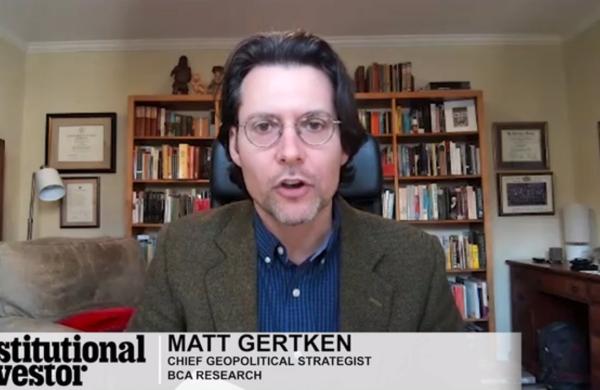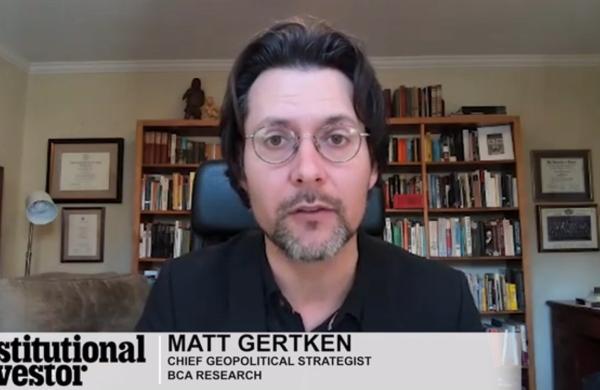When he announced in mid-January that Shenzhen Development Bank’s profits for 2008 were down 77 percent from the previous year, chairman and CEO Frank Newman stressed the positive. The bank took huge write-downs and bad-loan provisions, under orders from China’s banking regulator, and succeeded in reducing its nonperforming loan ratio to 0.7 percent, down from 4.3 percent in September. The result? One of China’s most spotless balance sheets.
"It may even have the lowest NPL ratio of any bank on the planet at this point," an optimistic Newman says.
The bank’s net income of 600 million yuan ($87.7 million) came as a shock, especially given that Newman late last year had been touting the bank’s record profits of 3.3 billion yuan for the first nine months of 2008. Shares closed down 4 percent, at 9.47 yuan, on January 13, the day after the announcement. But analysts note that the provisions and write-downs put the bank in a strong position. With its low nonperforming loan ratio, SDB stands ahead of most of its rivals in China, where the average commercial bank NPL ratio is 6 percent, says Wen Chunling, an associate director at Fitch Ratings in Beijing. "This is a positive move for the bank," she asserts. "It improved its asset quality substantially."
The China Banking Regulatory Commission recently asked all of the country’s banks to increase their loan-loss reserves to more than 100 percent of all bad and doubtful loans on their balance sheets to prepare for a rise in nonperforming loans as economic growth slows in China and around the world. SDB took a 5.6 billion yuan provision for potential bad loans and wrote off 9.4 billion yuan in nonperforming loans dating back to before May 2004, when U.S.-based Newbridge Capital acquired a 17.9 percent stake in the bank. Unlike major state-run banks, SDB didn’t get a government bailout and had to rely on its own funds to reduce bad assets.
At the same time, however, Beijing is urging banks to increase lending to help finance its 4 trillion yuan economic stimulus package over two years, which is meant to offset slower growth caused by declining exports. Sunil Garg, the Hong Kong–based head of Asia ex-Japan research at J.P. Morgan Securities (Asia Pacific), estimates that up to 70 percent of the funds for the government’s stimulus package may come from banks.
That’s a big chunk, and some analysts wonder if the government is forgoing prudent supervisory policies for the sake of stimulating growth. "Who’s to say banks will be as prudent as in the past?" asks Ha Jiming, chief economist for Beijing-based China International Capital Corp., a leading domestic brokerage house. "The government stimulus package may be laying the groundwork for a future rise in nonperforming loans."
When combined with ambitious provincial stimulus plans across the country, government spending is set to inject up to 25 trillion yuan, or 70 percent of the nation’s GDP, into the economy in the next two years, says Victor Shih, an assistant professor of political science at Northwestern University in Evanston, Illinois.
SDB’s Newman, who served as U.S. deputy Treasury secretary in 1994–1995 and then as CEO of Bankers Trust New York Corp., which he restored to health after it took big losses on derivatives, says China’s economy is set to grow by 6 to 8 percent this year, down from 9 percent in 2008 and 13 percent in 2007. "There will be some sector dislocations, and exports are feeling the pressure, but we don’t foresee any major problems," he asserts.
The bank is heavily exposed to exports. It is based in Shenzhen, a city north of Hong Kong that is at the center of China’s manufacturing heartland and has been hit hard by declining shipments to the U.S. and Europe.
But Samuel Chen, a Hong Kong–based analyst with J.P. Morgan, says the latest provisions put SDB in a strong position. He has a target price for the stock of just under 20 yuan; SDB was trading at less than 12 yuan in late January, down from a high of more than 40 yuan a year ago. "They didn’t need to write off all the bad debt at one time, but they did," Chen notes. "Now they have one of the cleanest balance sheets in China."






